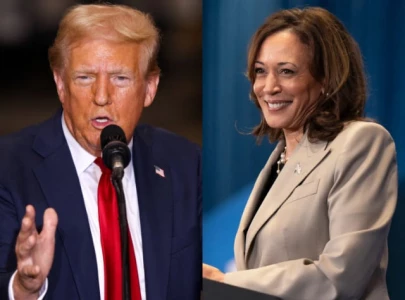
Problems arise when this self-serving and mostly inward looking conduct shapes the contours of the policy environment, fancying more than actual contributions to the public development and sending false signals to voters. Decisions are not to serve the public but the electoral interests.
The issues that arise out of this opportunistic approach to policymaking are uncountable. We can find supporting examples across all sectors and in every department. The presence of low-enrolment schools all across K-P is a case in point. Such schools were established solely on political basis with a complete disregard of criteria and public need. Surprisingly most of these schools are located in the same vicinity and at times occupied space in the same building. Created only to recompense loyal political workers by previous governments these schools were a huge burden on the public exchequer without any profitable returns. The Khyber-Pakhtunkhwa Elementary and Secondary Education Department (E&SED) under the education reforms agenda took notice of the presence of such schools and decided to merge them with nearby schools. A lot of consideration about the needs of the community was put into making these decisions.
As expected, the existing hyper-partisanship led to a severe blowback against the decisions to merge schools in the form of a malicious propaganda. In today’s world, perception fuels reality. A campaign like this can easily demerit the efforts put underway to reform public education in the province. It is essential to portray the true picture.
The E&SED has achieved a milestone in establishing more than 2,700 new schools in the past four years. The department followed a rigorous process of establishment of new schools and rationalisation. Since 2013, the E&SED established 300 new higher secondary schools making the total number of higher secondary schools to 605 compared to 308 in 2013. Similarly, the number of high schools today is 2,220 compared to 1,796 in 2013. Altogether, the government added 1,039 new schools, including primary, middle, high and higher secondary schools. Moreover, 1,660 Maktab schools were also merged with primary schools. Because of the merger process, the total number of Maktab schools totaled 836 today.
The E&SED started rationalisation of schools in 2014 aiming to ensure elimination of schools with low performance and low enrolment. Particularly those schools which were in the vicinity of other better performing schools. There are even cases of two schools registered in one building. The department identified hundreds of such schools, which were established on political basis without following criteria and were operated either in rented buildings, open space or a Hujra. Because of this initiative, till date 725 schools have been merged which include about 550 boys’ primary schools, 141 girls’ primary schools and about 35 middle and high schools.
The merging process of the E&SED has clearly highlighted the priorities of the department which strictly discourage establishment of schools on political basis. The E&SED has ensured that there is at least one primary school in 1.5km of distance. For middle and high schools, the distance requirement is 3km.
The directorate of elementary and secondary education has cited non-availability of the building being the reason for most of the merged schools. The E&SED has taken charge of any buildings vacated because of this process.
Published in The Express Tribune, January 6th, 2018.
Like Opinion & Editorial on Facebook, follow @ETOpEd on Twitter to receive all updates on all our daily pieces.



1730788481-0/BeFunky-collage-(19)1730788481-0-165x106.webp)



1729685382-0/Untitled-design-(57)1729685382-0-270x192.webp)


1730706072-0/Copy-of-Untitled-(2)1730706072-0-270x192.webp)
COMMENTS
Comments are moderated and generally will be posted if they are on-topic and not abusive.
For more information, please see our Comments FAQ